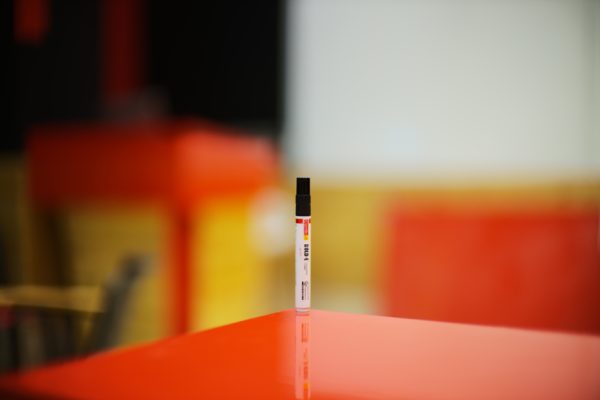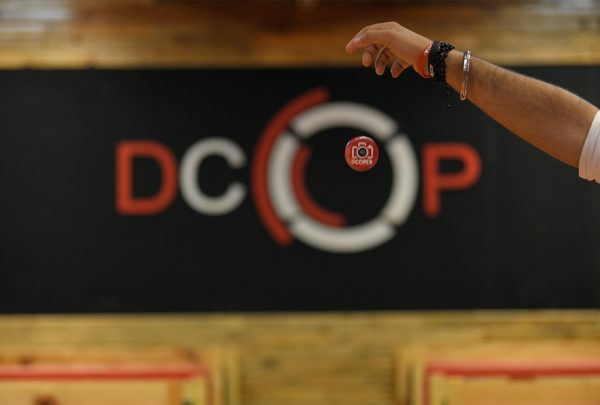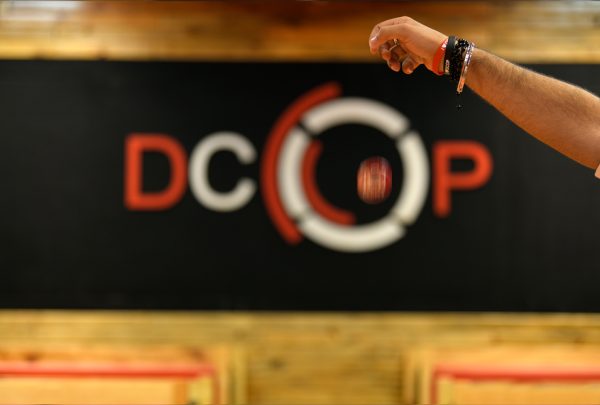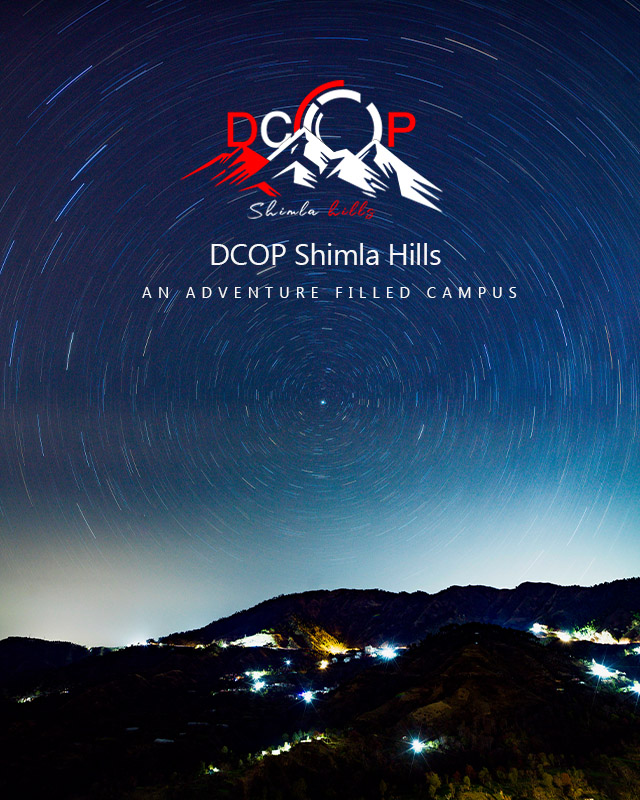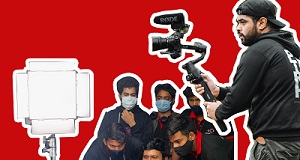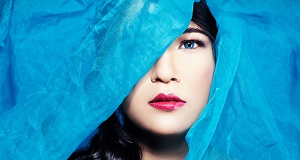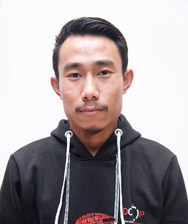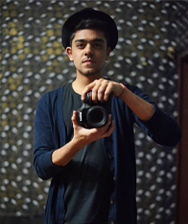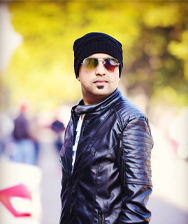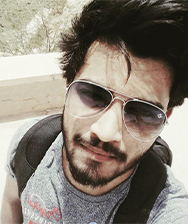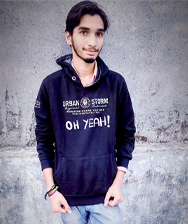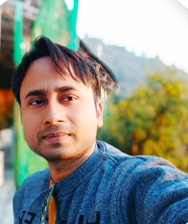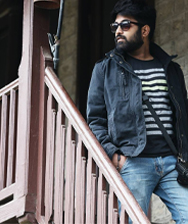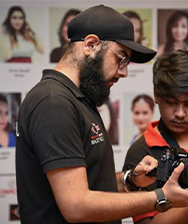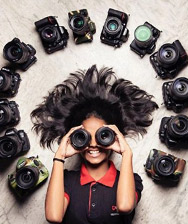Enquire Now
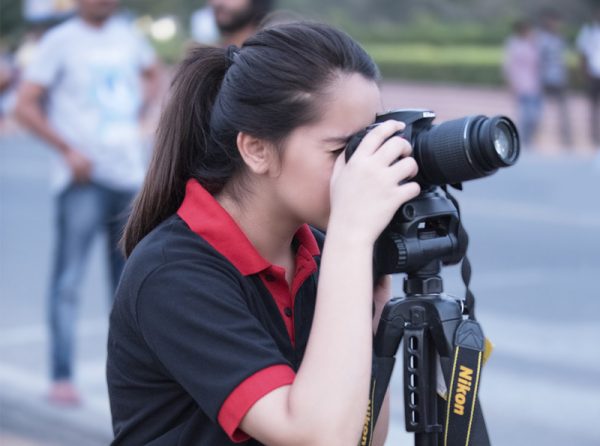

- Duration: 2 Weeks (weekend classes)
- Age limit: None
- Location: Delhi
- Price: 4999+GST
Basic Photography course is an introductory course for beginners. Designed specifically for those who are completely new to photography. This course would enable you to learn the basic functions of a camera, its modes, exposure triangle and different types of lenses, etc.
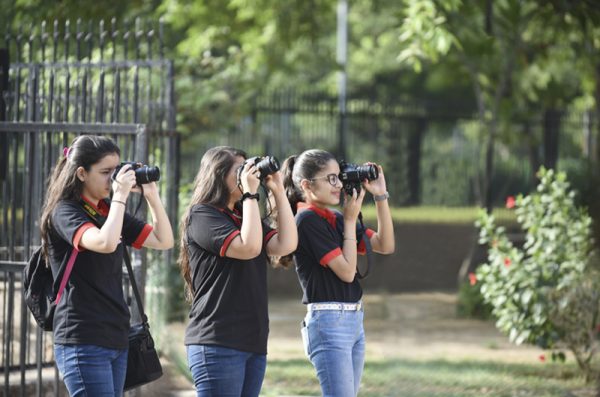
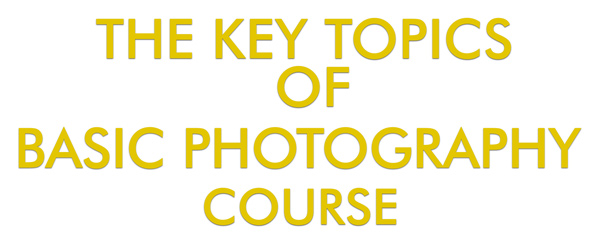
 HISTORY OF PHOTOGRAPHY
HISTORY OF PHOTOGRAPHY Introduction to digital photography
Introduction to digital photography
Camera body and lenses
Image resolution
Raw image Vs. Jpeg
Megapixels Introduction to the Functionalities of a Camera
Introduction to the Functionalities of a Camera
Exposure composition
Metering EXPOSURE TRIANGLE
EXPOSURE TRIANGLE
ISO
Shutter speed
Aperture DEPTH OF FIELD
DEPTH OF FIELD
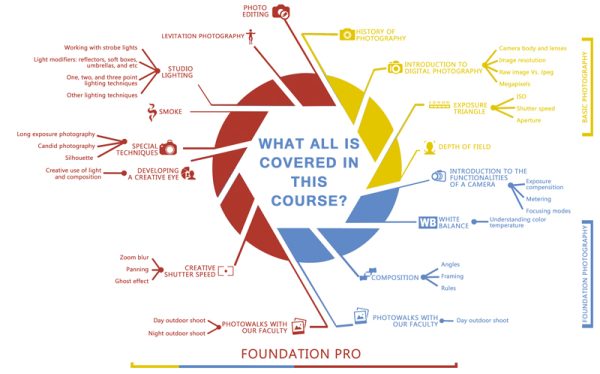
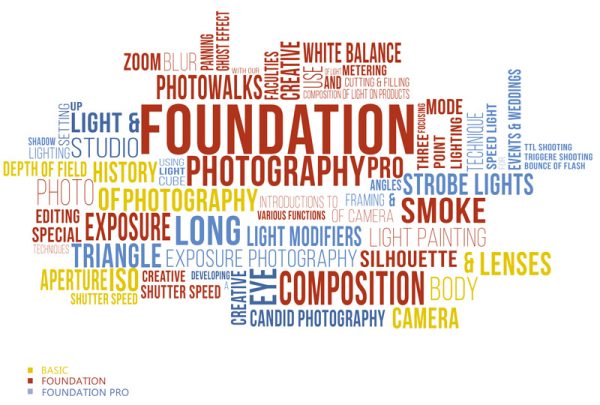
Exposure triangle is a combination of three different elements in the camera i.e. the shutter, aperture, and ISO. All of these elements have a different purpose to serve. The photographer may choose the combination of these in different ways to achieve whatever is required for the photograph.
These elements control different functions and are related to each other in some or other ways. Therefore, depending on what is desired in a photograph one can achieve great results using the exposure triangle to his benefit.
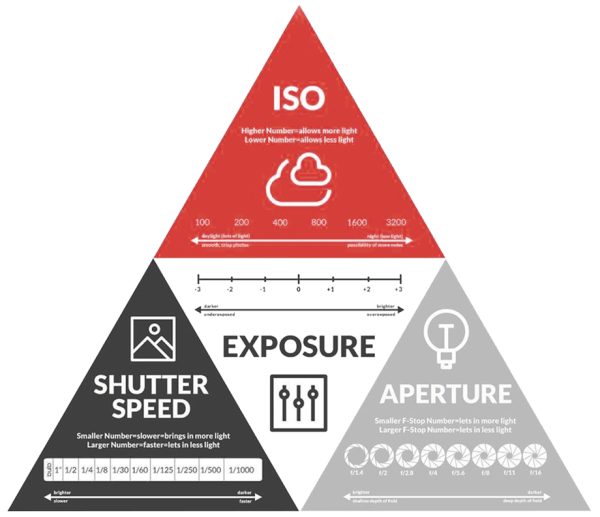
For many cameras, depth of field is the distance between the nearest and the furthest objects that are in acceptably sharp focus in an image. The depth of field can be calculated based on focal length, distance to subject, the acceptable circle of confusion size, and aperture. The depth of field in a photograph could be divided into two categories: shallow and large.
Shallow being blurred out other than the point of focus and large being the maximum area of an entire photograph in focus
In photography, shutter speed or exposure time is the length of time when the film or digital sensor inside the camera is exposed to light, also when a camera’s shutter is open when taking a photograph. The amount of light that reaches the film or image sensor is proportional to the exposure time.
The shutter speed of a camera is denoted in fractions of 1 second and the shutter can be kept open for 30 sec or even more in the bulb mode. A fast shutter speed enables to freeze things in motion and slower shutter speed helps to show motion in a photograph.
Different lenses come in different lenses and could be categorized under the following:
Wide Angle
Standard
Medium Telephoto
Specialist lenses
Understanding of such lenses is important to create photographs according to the requirement of the photographer. Hence, knowing the right lens to execute any project one is planning for.
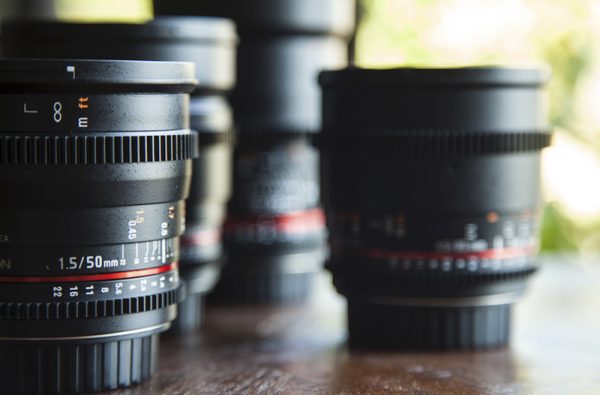

 Watch Video
Watch Video  Download Brochure
Download Brochure
















